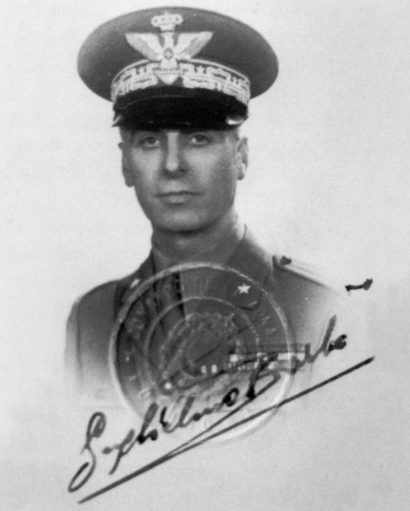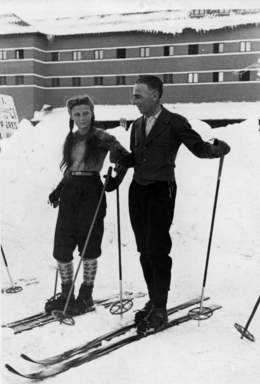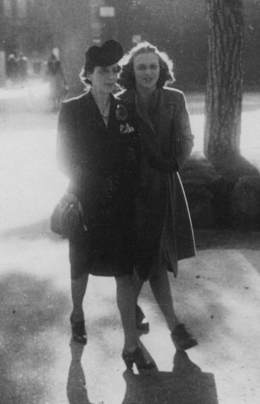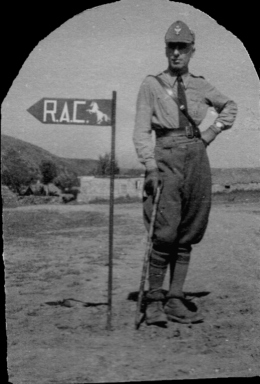Guglielmo Barbò
August 11, 1888 – December 14, 1944
![]()
Guglielmo Barbò, 1942/43 (private collection)
A Last Greeting
A descendant of an old family of Northern Italian aristocrats, Guglielmo Barbò di Casalmorano embarked on a career as an officer of the cavalry. In the First World War he received numerable distinctions and promotions. Guglielmo Barbò married in 1920, and he and his wife Pia had a daughter. In 1938, after joining the fascist party, the convinced monarchist was put in command of a cavalry regiment. When Italy entered the war in June 1940 at the side of the German Reich, he was stationed first on the French front, then in the Balkans, and finally on the eastern front. He was promoted to the rank of brigadier general in 1942, and received high distinctions for his services from the Italian as well as the German command. At the end of that year he was transferred back to Italy.
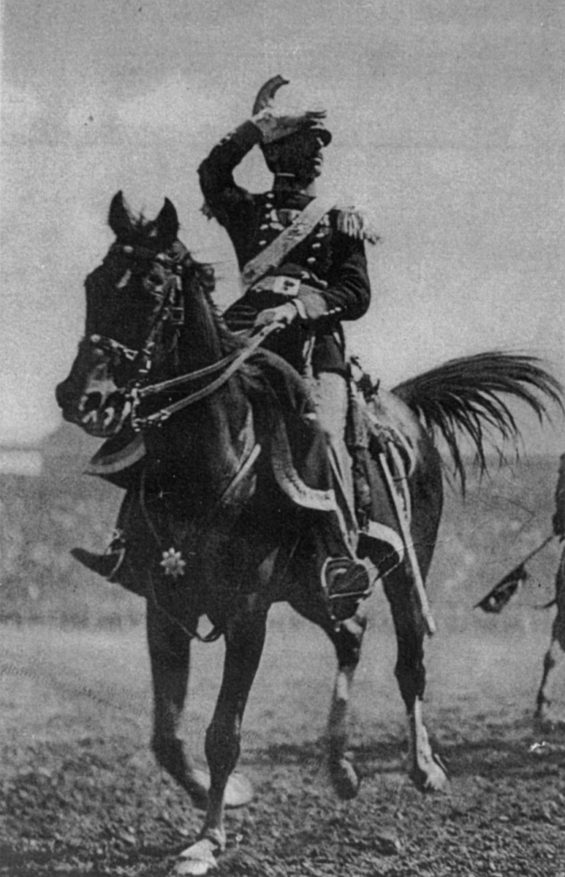
Guglielmo Barbò in the dress uniform of an officer of the cavalry, undated (private collection)
![]()
Guglielmo Barbò with his daughter Francesca on winter holiday in Sestriere, 1938 (private collection)
![]()
Guglielmo Barbò’s wife Pia with their daughter Francesca in Rome, 1941 (private collection)
![]()
Guglielmo Barbò as the commander of a cavalry brigade in Ukraine, 1942 (private collection)
After the announcement of the armistice between Italy and the Allies in September 1943, Guglielmo Barbò was taken prisoner by the Germans. While on a transport to a Wehrmacht prisoner-of-war camp, he succeeded in escaping near Cremona. He and his wife went underground and joined the resistance against the occupiers and the Italian Social Republic. In August 1944 he was arrested by German police in Milan, and in early September committed to the Flossenbürg concentration camp. The fifty-six-year-old was put to work sorting and taking apart old articles of clothing in the “tailor detachment”, which was located in a damp and very cold room. Guglielmo Barbò contracted an extremely painful case of pleurisy. The block senior tried in vain to force him to work by beating him, and finally sent him to the infirmary. On the morning of December 14, 1944, a fellow prisoner found him dying in a barrack latrine. Shortly before his death, Guglielmo Barbò managed to request that greetings be conveyed to his wife and daughter.
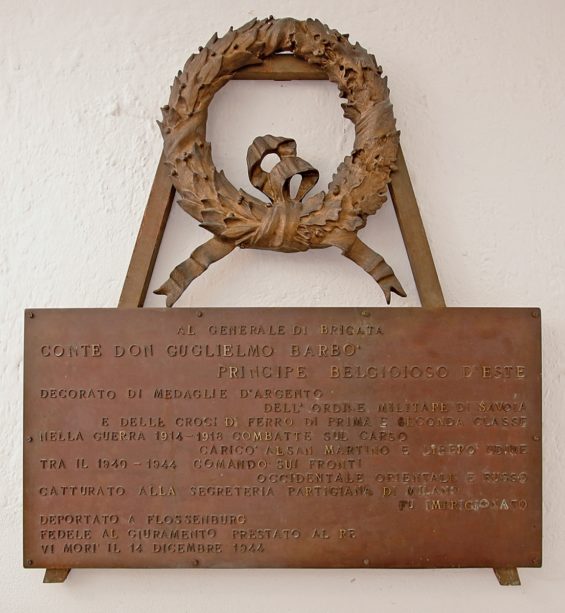
Memorial plaque for Guglielmo Barbò, dating from the 1950s, in the “Jesus in the Dungeon” Chapel at the Flossenbürg Concentration Camp Memorial (Flossenbürg Concentration Camp Memorial)
